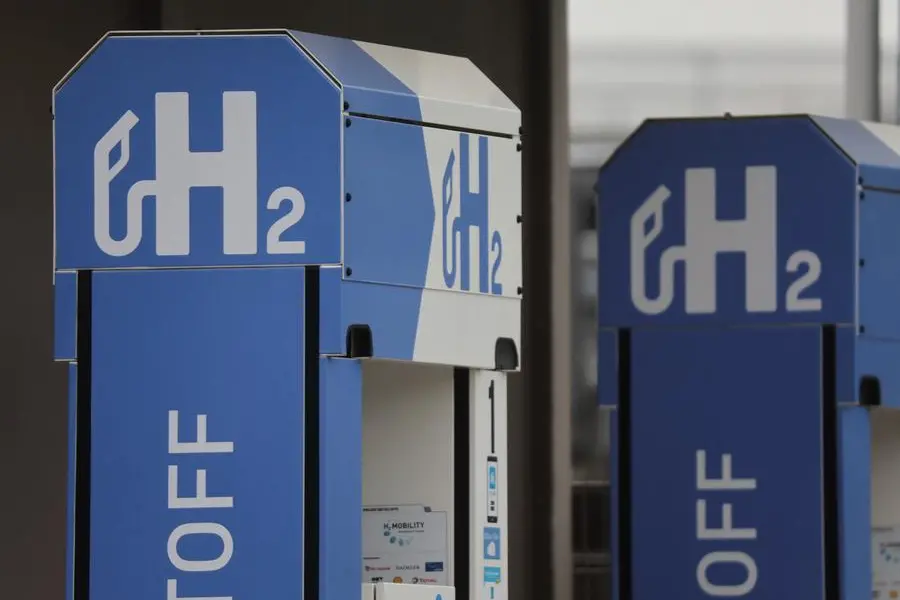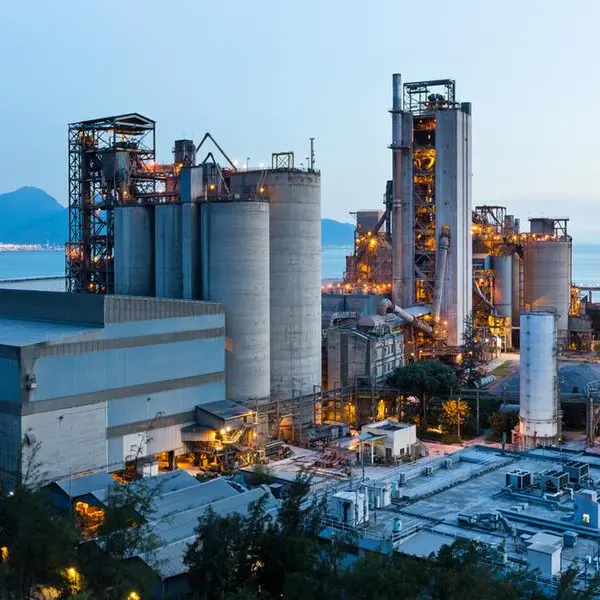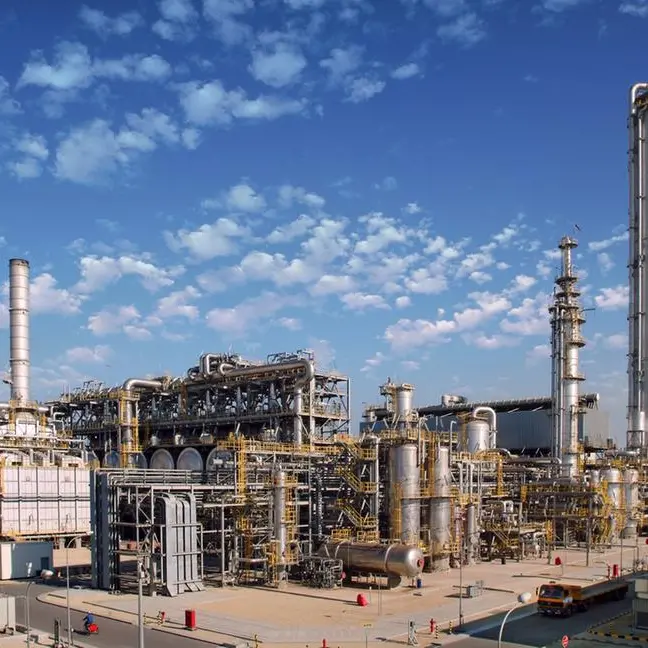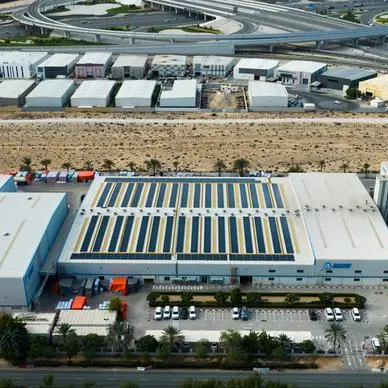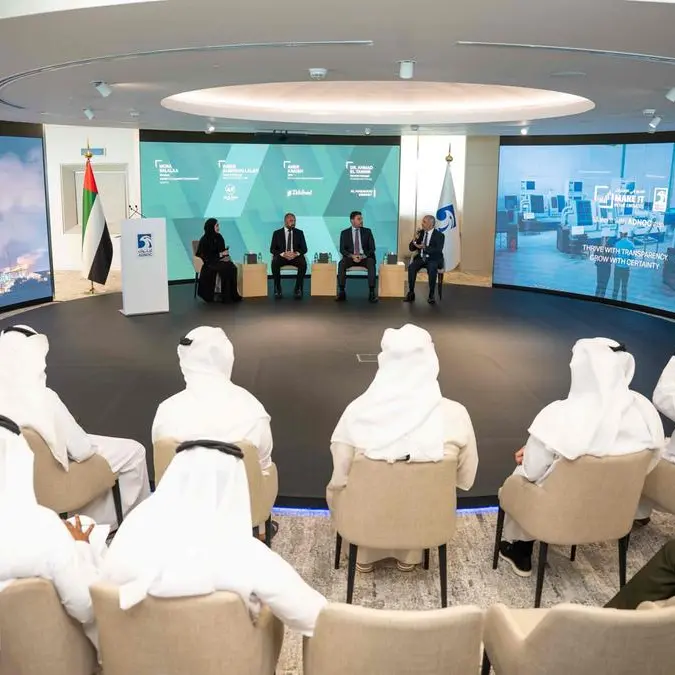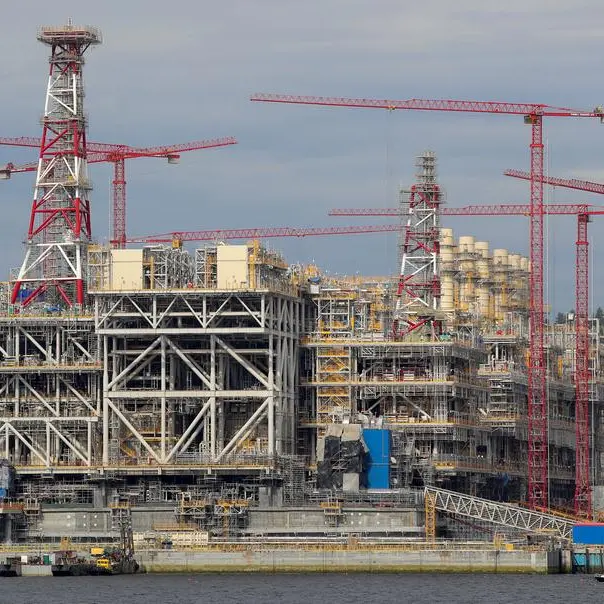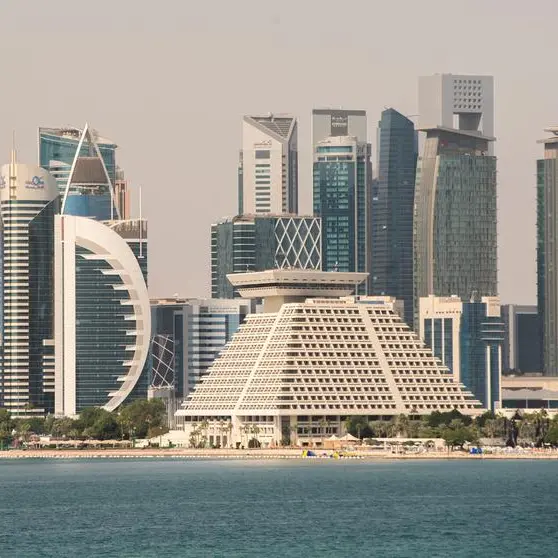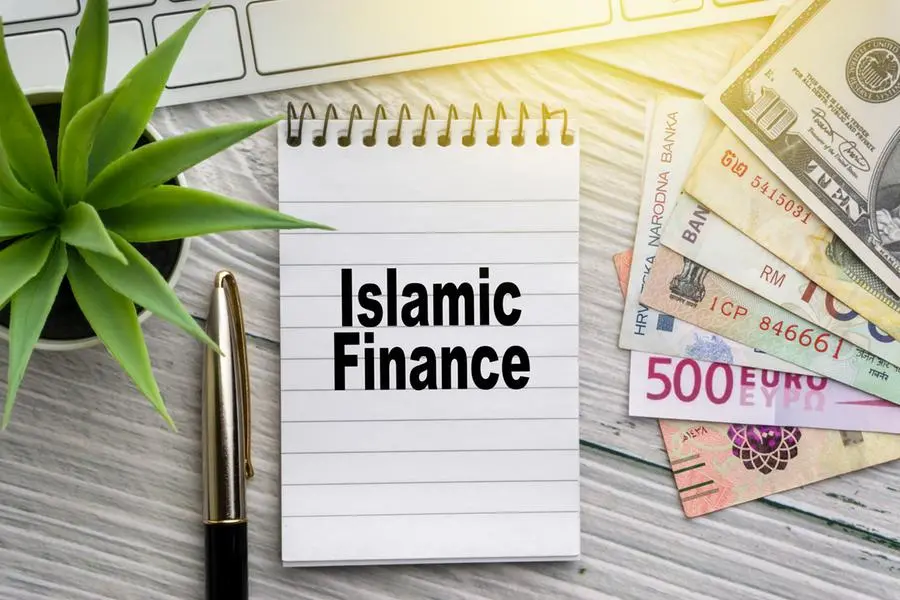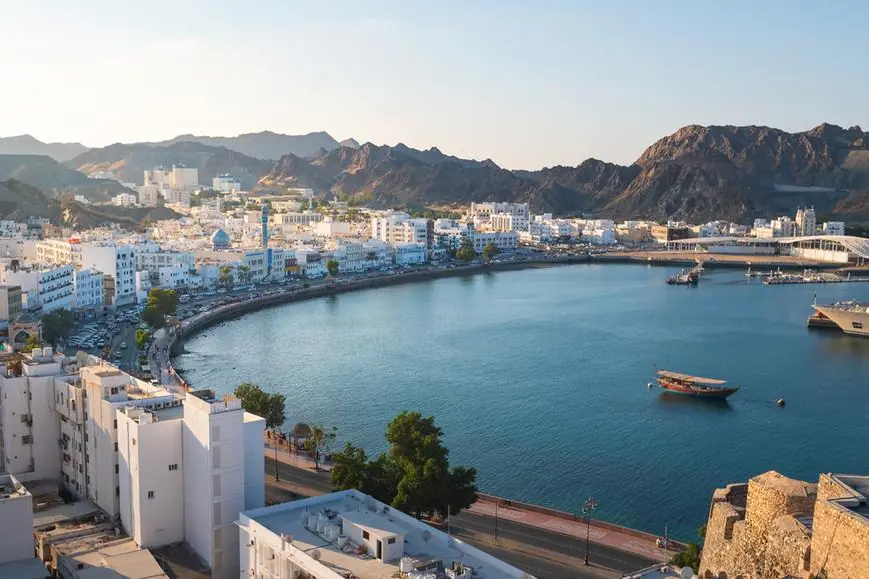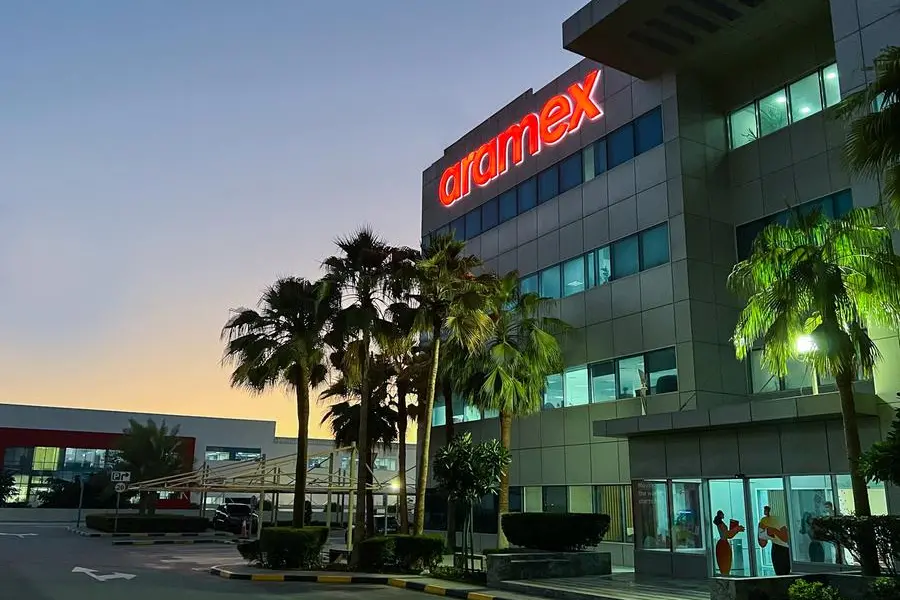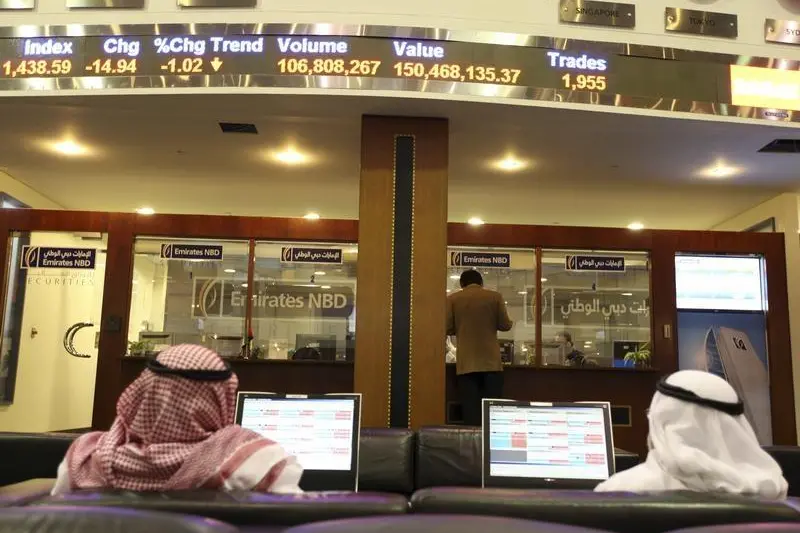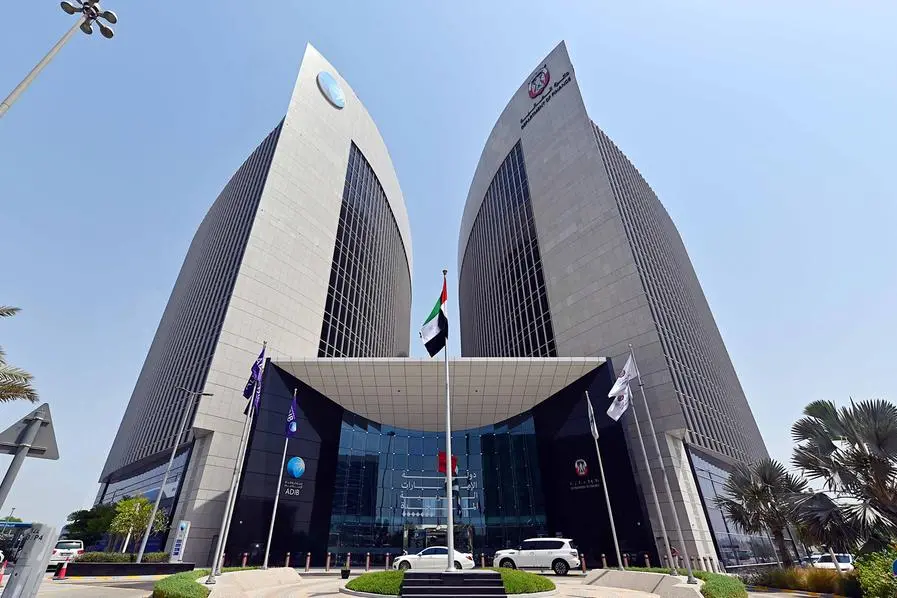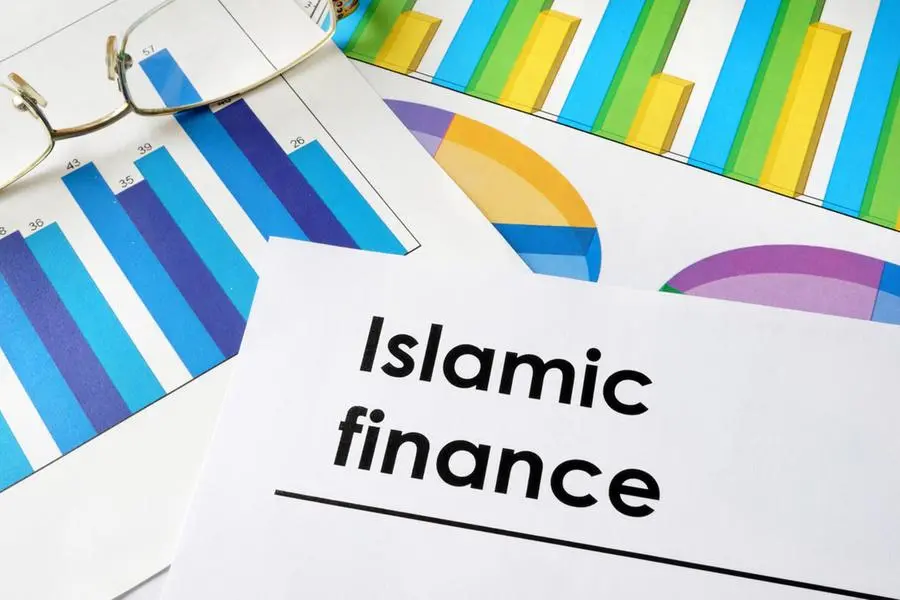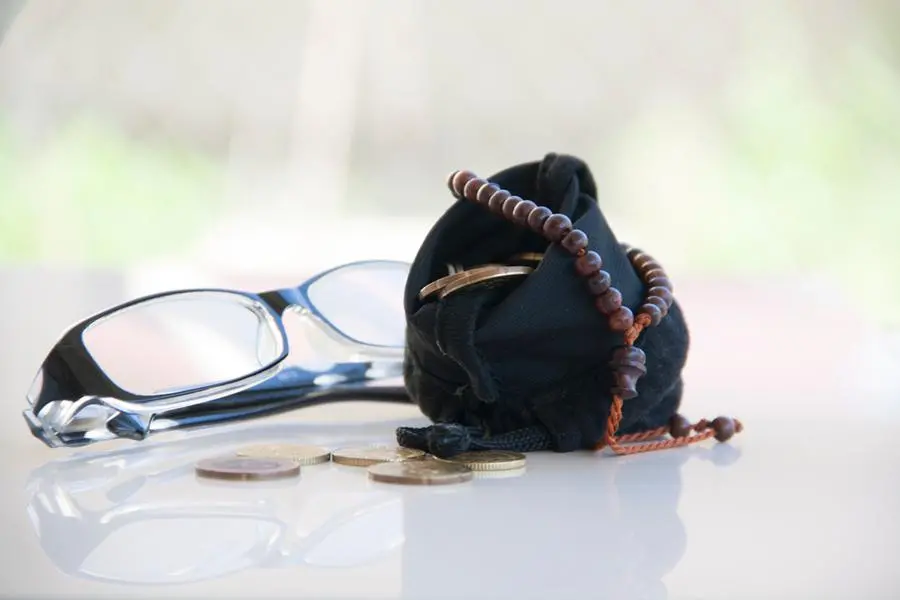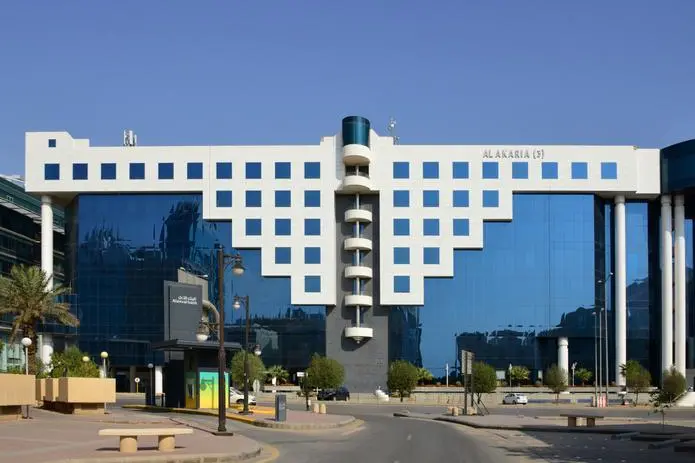PHOTO
A hydrogen station is seen at the Cologne-Bonn airport in Cologne, Germany, July 22, 2022. REUTERS/Wolfgang Rattay Image used for illustrative purpose.
- Initial plans for four hydrogen valleys at Erongo, Karas, Otjozondjupa, Kunene announced
- Interconnection planned with Angola through EUGlobalPartnership
- Plans for green copper trade with Zambia by hydrogen rail
- Domestic demand to fuel hydrogen-powered open pit-mining trucks, heavy duty trucks, buses and rails and hydrogen trucking along the planned logistics corridor.
Namibia has chosen four Power to X (PtX) pilot projects worth €30 million to be funded by Germany.
Speaking at the Namibia Green Hydrogen Conference 2022, jointly organised by The Economic Association of Namibia (EAN), Namibia Investment Promotion and Development Board (NIPDB) and Hanns Seidel Foundation (HSF), James Mnyupe, Presidential Economic Advisor and Green Hydrogen Commissioner said the projects include hydrogen dual fuel locomotive pilot, a refueling station at Walvis Bay, agricultural and port applications for green hydrogen.
In June, Zawya Projects had reported that Namibia has received 25 applications for pilot projects but expects to choose a maximum of five.
Details about the four projects, located entirely in Erongo, are as follows:
€25 million for Cleanergy hydrogen refuelling station at Walvis Bay, which will consist of a 5-megawatt (MW) solar photovoltaic system, a 5MW electrolyser and a hydrogen refueling system. The pilot will test technologies to develop offtake applications in transport, mining and port sectors and facilitate technology and skills development in Namibia. A bigger commercial plant for ammonia production is also planned based on the lessons learnt from the pilot.
€15.1 million has been allotted for a 1.5 gigawatts (GW) green hydrogen project that will produce 508 kilogrammes green ammonia per day in the first phase in Daures constituency. The project aims to establish a green scheme for ammonia nitrate crop, develop integrated application technologies for using green hydrogen in agriculture, ammonia nitrate and cleaning detergents; and fuel cell operated center pivots, boreholes and houses.
€7.63 million has been allotted for a hydrogen dual fuel locomotive pilot to be carried out in conjunction with Transnamib. It will convert two locomotives in different ways to operate on hydrogen and diesel and will be demonstrated along the 210km (one way) Walvis Bay to Kranzberg route in 18 months. CMB.Tech will provide its Hydrogen dual fuel technology and the hydrogen fuel from its Walvis Bay green hydrogen project.
€5.66 million has been provided to test green hydrogen applications in the port. Developed in partnership with Cleanergy Solutions Namibia, CMB Germany, Namport and UNAM, the project will consist of a 5MW electrolyser and a hydrogen mobile refueller. The project will convert existing tugboats and port equipment to operate on hydrogen dual fuel technology, develop green bunkering and refueling infrastructure and explore Germany-Namibia partnership across the entire hydrogen value chain for the proposed technologies.
Four hydrogen valleys
In his address, Mnyupe disclosed that Namibia has drawn up initial plans for four hydrogen valleys.
• Valley 1 at Erongo will use solar PV-powered electrolysis to produce ammonia and a terminal for synfuels export from Walvis Bay port.
• Valley 2 at Karas involves solar photovoltaic cum on-shore wind hybrid renewable powered electrolysis project to produce ammonia for export from Luderitz and Oranjemund ports that will be connected by a hydrogen pipeline.
• Valley 3 at Otjozondjupa will produce synfuel using carbon dioxide emitted by the cement industry and solar PV powered hydrogen as feedstock for export from Walvis Bay port.
• Valley 4 at Kunene will use solar PV and wind hybrid renewables powered electrolysis plant to produce ammonia near a new port facility.
The official said interconnections with Angola under EU Global Partnership, green copper trade with Zambia by hydrogen rails, hydrogen and renewable power export to South Africa and carbon dioxide imports from South Africa are also being planned.
Domestic demand centres for hydrogen will be developed to fuel open pit-mining trucks, heavy duty trucks, buses and rails and hydrogen trucking will be promoted along the planned logistics corridor.
(Reporting by Sowmya Sundar; Editing by Anoop Menon)
